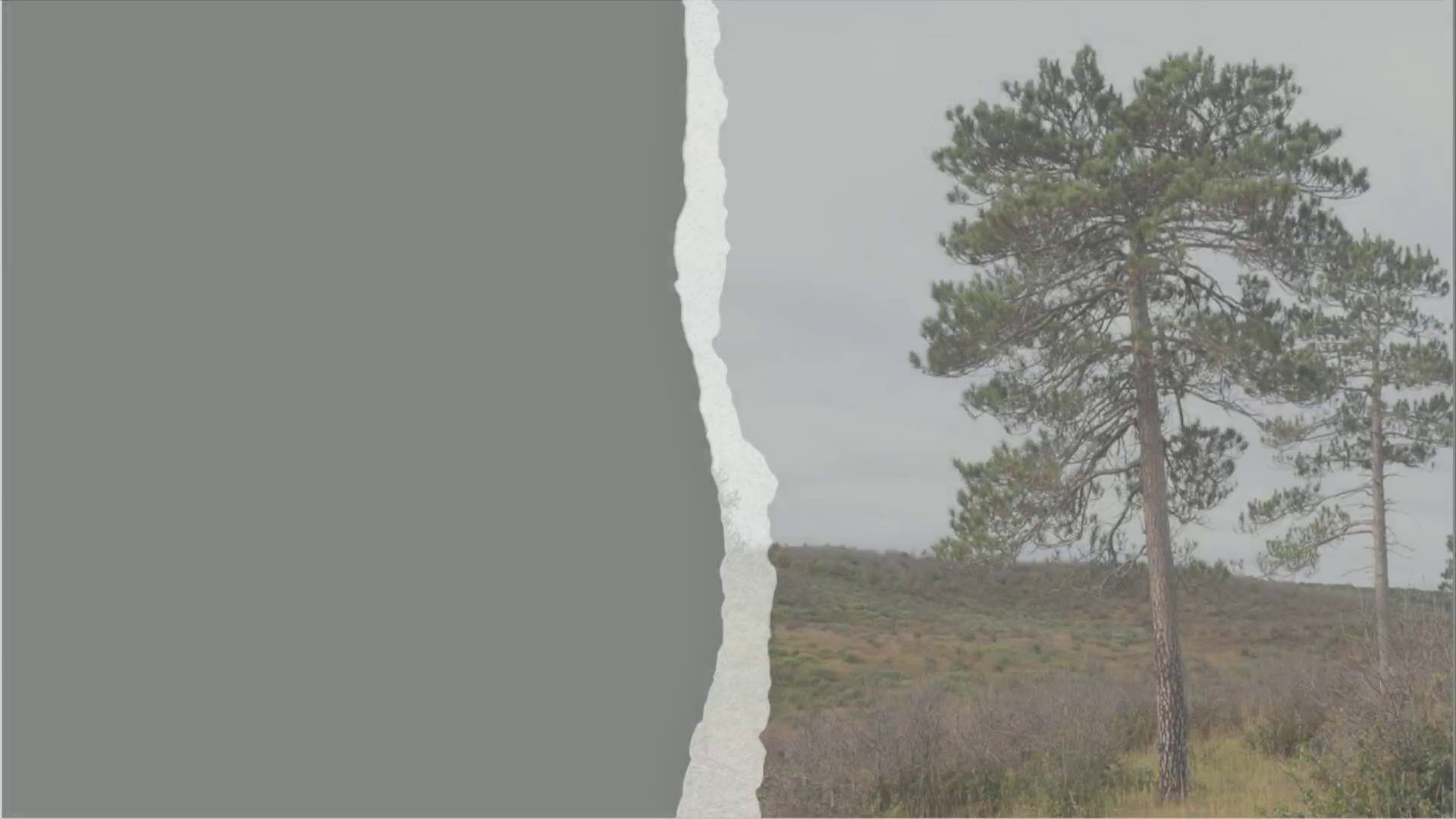
Red Pine (Pinus Resinosa)
Scene 1 (0s)
[Audio] The Red Pine ( Pinus Resinosa). . Red Pine (Pinus Resinosa ).
Scene 2 (13s)
[Audio] The Red pine ( Pinus resinosa) is a coniferous evergreen tree in genus Pinus, section Pinus. The tree has thick gray bark at the base but as it progresses towards the crown the bark becomes thin and red, which is where the trees name is derived. The leaves are needle-like, dark yellow-green, in fascicles of two, 12– 18 centimeters long, and brittle. The cones are purple when immature and brown when mature, and are 4 centimeters long and 2.5 centimeters across. Mature height ranges from 60- 120 feet. The Red pine ranges from Newfoundland west to Manitoba, and south to Pennsylvania, with several smaller, disjunct populations occurring in the Appalachian Mountains in Virginia and West Virginia, as well as a few small pockets in northern New Jersey and northern Illinois. The Red pine is the state tree of Minnesota..
Scene 3 (1m 11s)
[Audio] The Red Pine is related to all other pines, but most closely related and closely resembles Japanese red pine ( Pinus Densiflora) and Austrian Pine ( Pinus Nigra).
Scene 4 (1m 24s)
[Audio] How to germinate Red Pine Red Pine starts growing male and female cones with viable seed when it becomes 12 years old. After pollination, it takes cones 2 years to mature. Collect mature pine cones between September-October Step 1: Remove the seeds from the cone by shaking or manually removing them. Then, remove each individual seed from its wing. Step 2: Soak the seeds for 24 to 36 hours Step 3: Either sow the soaked seed directly in its planting location, or for more success, place seeds in folded paper towel, and enclose in a Ziplock bag. Wait for 2 weeks, then sow the sprouted seeds in a pot or another planting location. Step 4: Water soil infrequently to ensure there is no dampening off, but just enough so the soil is relatively moist. Step 5: If you want faster growth, start fertilizing red pine seedlings with a 10-10- 10 fertilizer once they are one year old. Keep the pine trees in full sunlight..
Scene 5 (2m 45s)
[Audio] The Red pine is native to areas with cool-to-warm summers, very cold winters, and low to moderate precipitation. Within red pine's natural range the average January temperatures vary from 0° to 25° Fahrenheit and the average July temperatures from 60° to 70° Fahrenheit. Average annual maximum temperatures range from 90° to 100° Fahrenheit and average annual minimum temperatures range from -10° to -40° Fahrenheit. In the United States and Canada, the Red Pine grows best in its native range. It thrives with cold winters and warm summers. With human intervention and care, the tree could grow farther south into the midatlantic and midwest but farther south it may decline and die early. In the western United states, the red pine can survive almost anywhere at a higher elevation with supplemental irrigation. Attempts to grow the red pine in mild winter areas like southern california will end up with an unsightly tree. In Europe, the tree can grow well, but it does best in central and eastern europe, where the climate resembles that of its native range. In Asia, The Red pine can be expected to thrive in the Anatolian peninsula and East Asia ( China, Korea, and Japan).